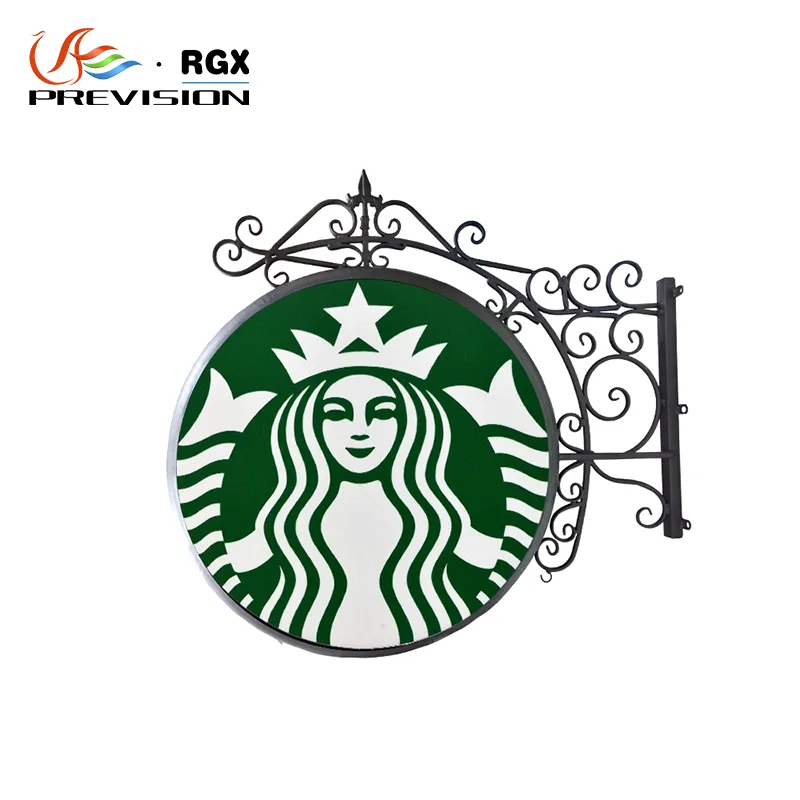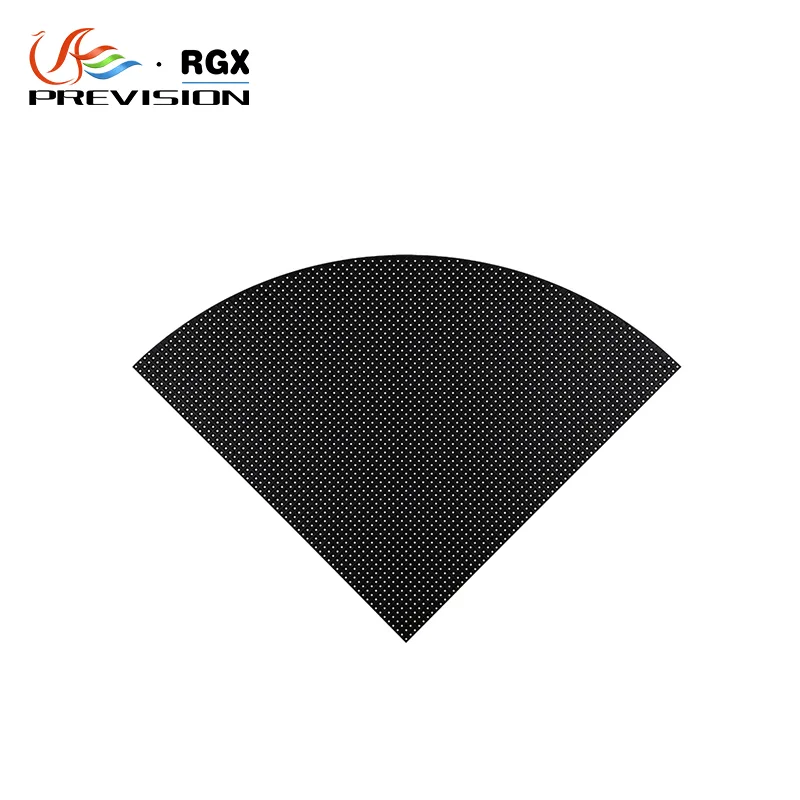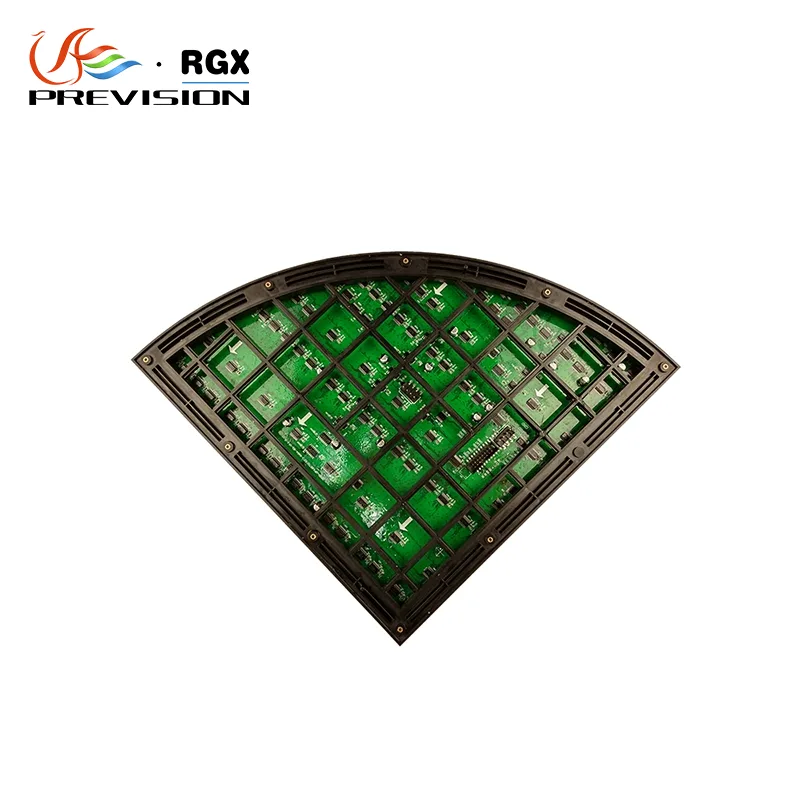
- English
- Español
- Português
- русский
- Français
- 日本語
- Deutsch
- tiếng Việt
- Italiano
- Nederlands
- ภาษาไทย
- Polski
- 한국어
- Svenska
- magyar
- Malay
- বাংলা ভাষার
- Dansk
- Suomi
- हिन्दी
- Pilipino
- Türkçe
- Gaeilge
- العربية
- Indonesia
- Norsk
- تمل
- český
- ελληνικά
- український
- Javanese
- فارسی
- தமிழ்
- తెలుగు
- नेपाली
- Burmese
- български
- ລາວ
- Latine
- Қазақша
- Euskal
- Azərbaycan
- Slovenský jazyk
- Македонски
- Lietuvos
- Eesti Keel
- Română
- Slovenski
- मराठी
- Srpski језик
What is the difference between LED bulb and module?
2023-12-15
The terms "LED bulb" and "LED module" refer to different configurations of LED lighting systems.

Component of a Luminaire:
An LED module is a component of a luminaire, which is the complete lighting fixture. It contains one or more LED chips along with associated circuitry. It is not a standalone lighting unit like a bulb.
Integrated or Replaceable:
LED modules may be integrated into the luminaire, meaning they cannot be easily replaced by the end-user, or they may be designed to be replaceable for maintenance purposes.
Designed for Specific Applications:
LED modules are often designed for specific applications, such as downlights, track lighting, or architectural lighting. They can offer more flexibility in terms of design and optics.
May Require Professional Installation:
In some cases, replacing an LED module may require the expertise of a professional, as it involves working with the internal components of a lighting fixture.
Commercial and Architectural Use:
LED modules are commonly used in commercial and architectural lighting where specific design and performance requirements are essential. They may be integrated into luminaires with advanced optics and control systems
In summary, an LED bulb is a standalone lighting unit designed for consumer use, often replacing traditional bulbs in residential settings. On the other hand, an LED module is a component within a larger lighting fixture, providing flexibility and customization for commercial and architectural applications. The choice between an LED bulb and module depends on the specific lighting needs and the type of application.

LED Bulb:
An LED bulb is a complete lighting unit that includes all the necessary components for illumination, such as LED chips, driver (electronics that regulate power to the LEDs), and often a heat sink for thermal management.
LED bulbs typically come with a standard base, such as E26 (Edison screw) or E27, or GU10 for spotlights. These bases allow them to be easily screwed into standard light fixtures.
LED bulbs are designed to be consumer-friendly, making them easy to install and replace in existing light fixtures. They are available in various shapes, sizes, and color temperatures to suit different lighting needs.
LED bulbs are often designed to be direct replacements for traditional incandescent or CFL bulbs, allowing users to upgrade their lighting without changing fixtures.
LED bulbs are commonly used in residential settings for general lighting in lamps, ceiling fixtures, and other common lighting applications.






